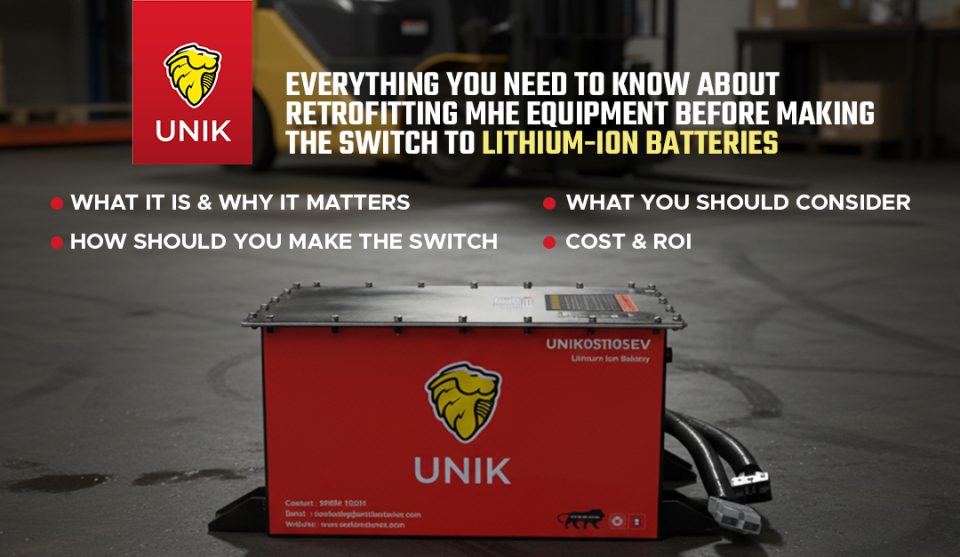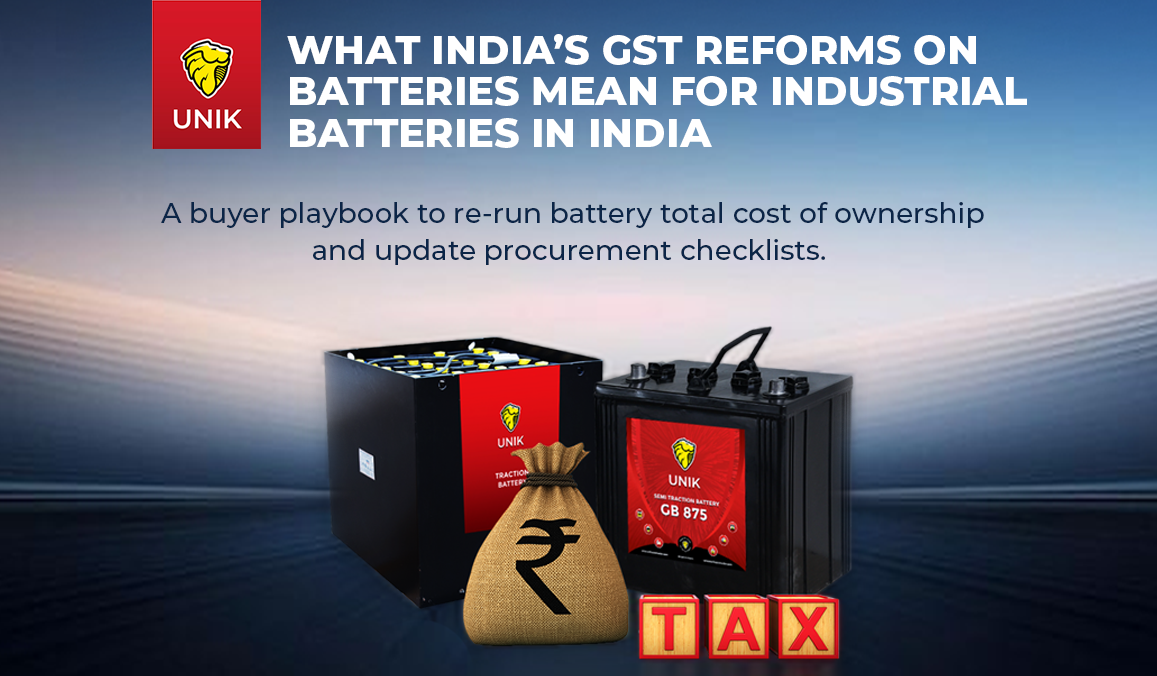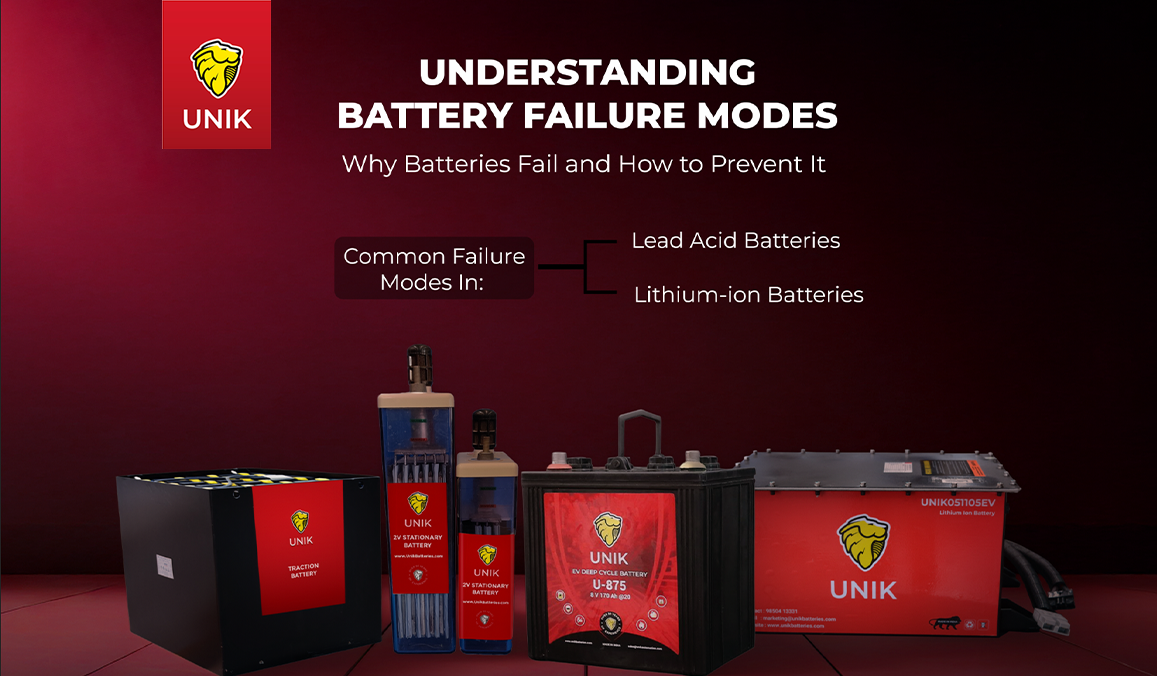Sulfation: The Silent Killer of Lead‑Acid Batteries & How You Can Prevent It
Sulfation is a widespread yet often overlooked issue in the world of lead-acid batteries. Frequently dubbed the “silent killer”, it operates without obvious warning signs, quietly reducing both battery performance and service life. Whether used in industrial machinery, UPS systems, or off-grid energy storage, sulfation poses a serious risk to any application reliant on reliable battery power.
What is Sulfation in Lead Acid Batteries?
At its core, sulfation refers to the accumulation of lead sulphate crystals on the battery’s internal plates. This occurs naturally during discharge as the active material on the plates reacts with sulphuric acid. In a properly maintained battery, these crystals dissolve again during the charging process. However, when a battery is left undercharged, stored in a discharged state, or routinely subjected to deep discharge cycles, these sulphate crystals begin to harden. Over time, they become dense and irreversible, severely inhibiting the battery’s ability to hold and deliver electrical charge.
What Causes Sulfation in Lead Acid Batteries?
Understanding the root causes of battery sulfation is the first step to avoiding it. One of the most common contributors is infrequent or incomplete charging. A battery that is not brought back to a full state of charge after use may retain a residue of sulphate on the plates. This residue becomes the starting point for permanent sulfation, especially if the battery is neglected over repeated cycles. It is not just charging habits either—environmental conditions also play a significant role. High ambient temperatures accelerate the electrochemical reactions inside a battery, increasing the likelihood of crystal formation and growth. In warmer climates, or in confined battery enclosures without proper ventilation, this risk is amplified.
Prevention of Sulfation in Lead Acid Batteries
Prevention begins with proper charging practices. Always use a smart charger that can automatically adjust the charging voltage and current based on the battery’s state-of-charge. These chargers typically include bulk, absorption, and float stages that ensure a complete and balanced charge. Some models even include pulse or maintenance modes that help dissolve early-stage sulphate deposits, reducing the onset of crystallisation.
Routine maintenance is another critical factor. For flooded lead-acid batteries, it’s important to regularly check electrolyte levels and top up with demineralised water when necessary. Low electrolyte levels expose the upper portions of the battery plates to air, causing oxidation and increasing the likelihood of sulphate build-up. In addition to fluid checks, make sure to clean terminal posts, check for corrosion, and tighten connections to ensure efficient current flow.
Equalisation charging is a powerful tool in the prevention arsenal. This is a controlled overcharge applied periodically—usually once every 30 to 90 days that helps equalise the voltage between cells and reverses mild sulfation. Equalisation charges are particularly effective in larger battery banks where cell imbalance is common. However, they should only be performed according to the manufacturer’s guidelines, as excessive overcharging can damage the battery.
Storage practices also matter. If a battery is left unused for extended periods, it must be stored fully charged and kept in a cool, dry environment. Batteries in storage should be recharged every 60 to 90 days to prevent the slow self-discharge that can lead to sulphate crystallisation. Even sealed lead-acid batteries are vulnerable if stored improperly.
While some specialised de-sulfation chargers claim to reverse sulfation through high-frequency pulse technology, their effectiveness is generally limited to early-stage sulphate deposits. Once the crystals become hard and dense, recovery is unlikely, and battery capacity is permanently reduced. Prevention remains far more effective than any attempted cure.
The consequences of ignoring sulfation can be expensive. Reduced runtime, increased charging times, and eventual failure can disrupt operations and require premature battery replacement. For businesses, this translates to higher operational costs, increased downtime, and reduced energy efficiency.
At UNIK Batteries, we believe that prevention is the smartest investment. By manufacturing high-quality lead-acid batteries and state-of-the-art charging components, we help customers protect their power infrastructure from day one. Whether you operate forklifts, golf carts, maintain a solar backup system, or manage a unit of UPS batteries, we have the right solution to keep you powered and protected from sulfation.
Contact us
to explore our range of batteries and charging components today!






